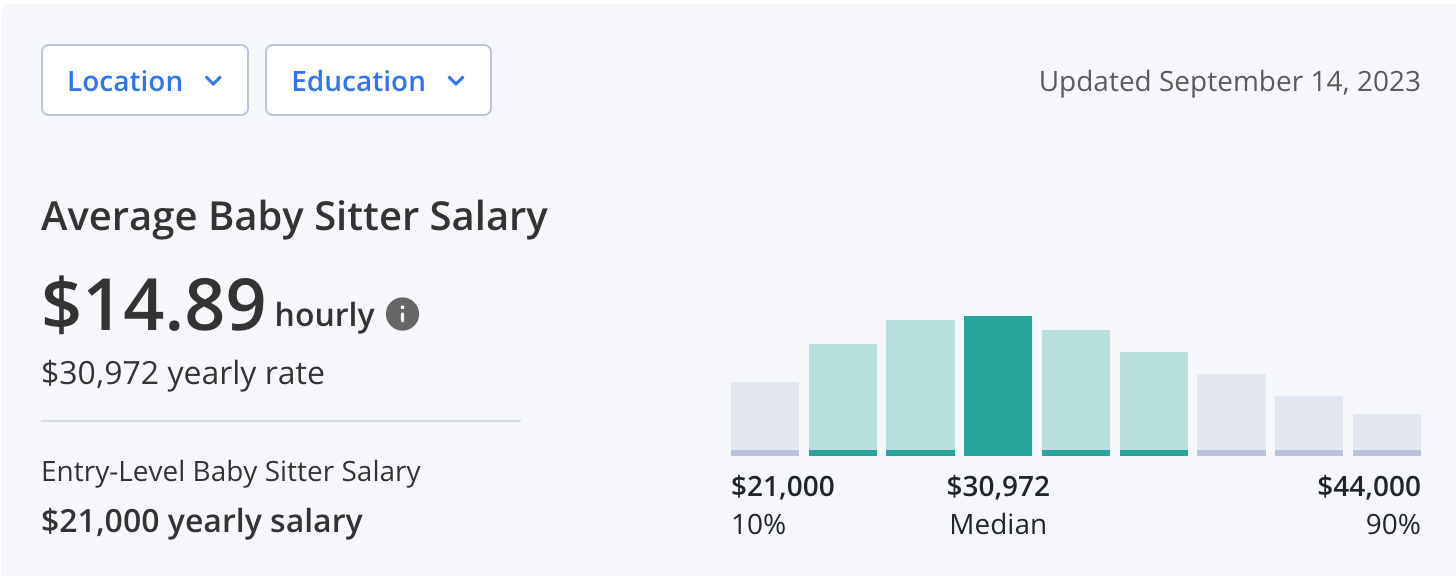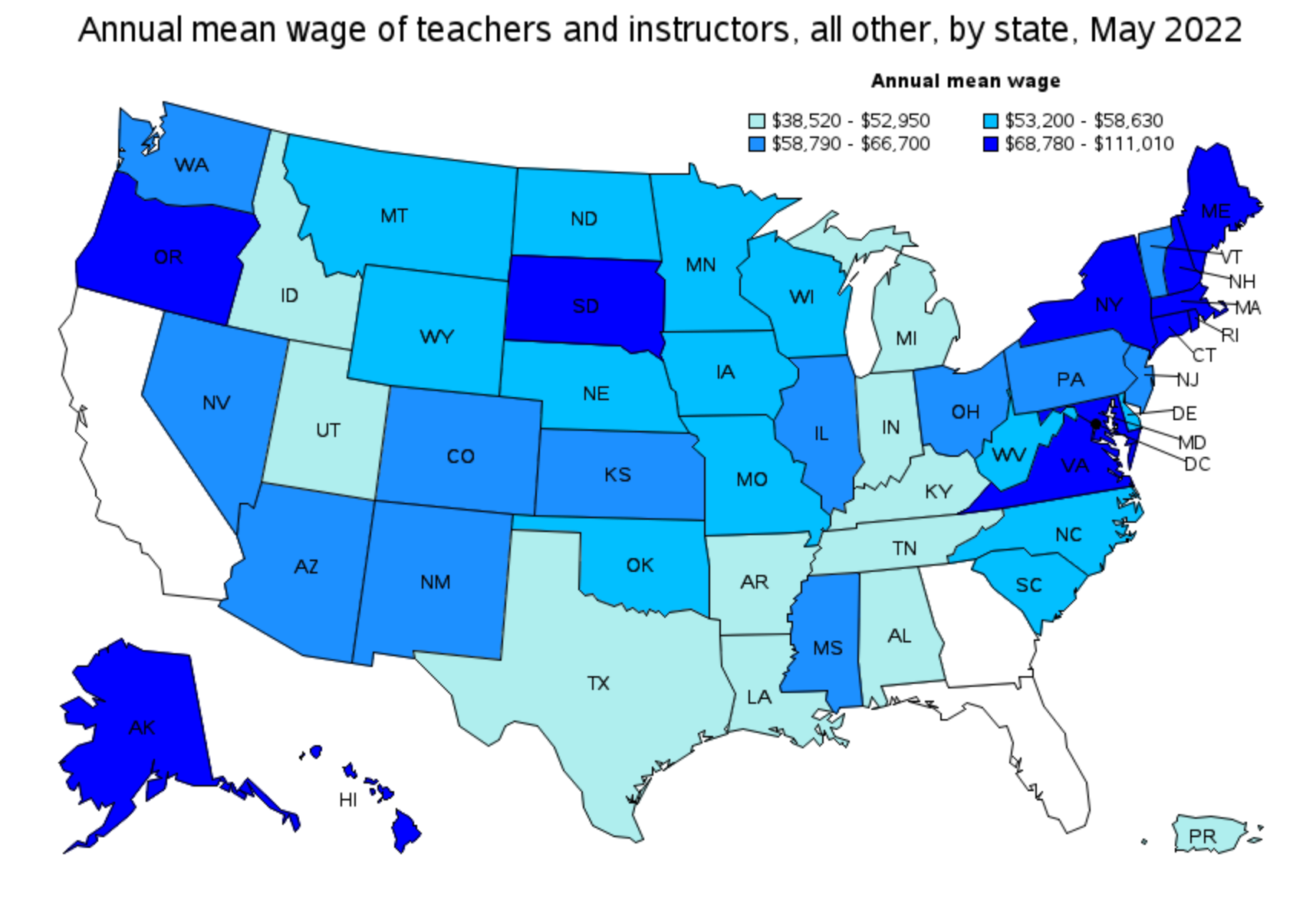Teachers are not overpaid babysitters, and here's why

The notion that teachers are simply “overpaid babysitters” is not only misguided but is also a grave misunderstanding of the wide array of roles and responsibilities teachers carry out daily. Such a view not only undermines the significance of teachers in our society, diminishes their professional skills, but also overlooks the multifaceted nature of their job. For those seeking quantifiable data, let's dissect this misconception. I will attempt to dissect this misconception by delving into numbers of training expenses, hourly wages on a per student basis, and career earnings potentials. A major caveat to add here is that these figures can vary by region, experience, and individual circumstances.
Career Training
While babysitters are not legally required to have specific training to babysit, those that do undergo some sort of certification, such as one from The Red Cross [1] , are expected to pay from $30 to $150 to get them.
Teachers on the other hand, often obtain a bachelor's degree in education. For the academic year 2022-2023, the average tuition for colleges offering Elementary Education and Teaching programs is around $26,000 for undergraduate programs and around $20,000 for graduate programs. The tuition for in-state students is considerably lower, averaging $10,000 for undergraduate and about $11,000 for graduate programs, while the figures for out-of-state students are $25,000 and $20,000 respectively [2]. Over a four-year period, this amounts to $100,000 all the way up to $160,000. This does not account for those who pursue further certifications, master's degrees, or continuous professional development.
Not all teachers just have a bachelor's degree. Some go on to pursue masters and doctorate degrees.
Hourly Wages On A Per Student Basis
On average, babysitters earn about $20 per hour depending on the number of responsibilities placed on them. Babysitters typically care for fewer children compared to educators in school settings.

Before we even consider a teacher's salary, one must remember that while they might be in the classroom for about 6-7 hours a day, there's additional time spent on lesson planning, grading, and student support. If we consider the average teacher's salary in the U.S. to be around $60,000 annually and they work 10 months of the year with a standard workweek of 40 hours, or 8 hours a day, this translates to roughly $30 per hour. These 8 hours do not account for the many hours of unpaid overtime many teachers put in.

Now, a babysitter may often just babysit 1 person to a little more than that, so each child would be worth $20 for an hour of the babysitter's time.
On the other hand, a teacher's salary, assuming the number of students are between 20 to 30, then each student is technically paying $1.00 to $1.50 per hour of the teacher's time, which does not include how much the student pays for the other teacher and to the school system in the grand scheme of things. The perception of 'overpayment' often stems from a misunderstanding of how educational funding works. Taxpayer money is allocated through various administrative channels before reaching the classroom, which may lead to perceptions of inefficiency and overpayment.
Career Earnings Potential
Babysitting is often a "stepping stone" job for many. While there are professional nannies and childcare workers, the majority might not babysit as a lifelong career. Over 10 years, if a babysitter were to work 20 hours a week at an average rate of $20/hour for 50 weeks a year, they would earn approximately $200,000 over a decade.
On the other hand, taking the lower end of the salary scale, if a teacher earns $50,000 annually and teaches for 10 years without any salary increase, they would earn $500,000 over a decade.
It is important to note that I did not account for annual salary raises that happens in both occupations but their disparity is still proportionally different.
To Wrap This Up
While there's no denying the importance of babysitters, teachers invest significantly more in their training and shoulder a broader range of responsibilities, which is reflected in their compensation. These figures reinforce that the two roles, while both centered around children, are inherently different in scope, impact, and remuneration.
What are your thoughts on the investment in education for teachers compared to babysitters? Share your opinions in the comments below.

Member discussion